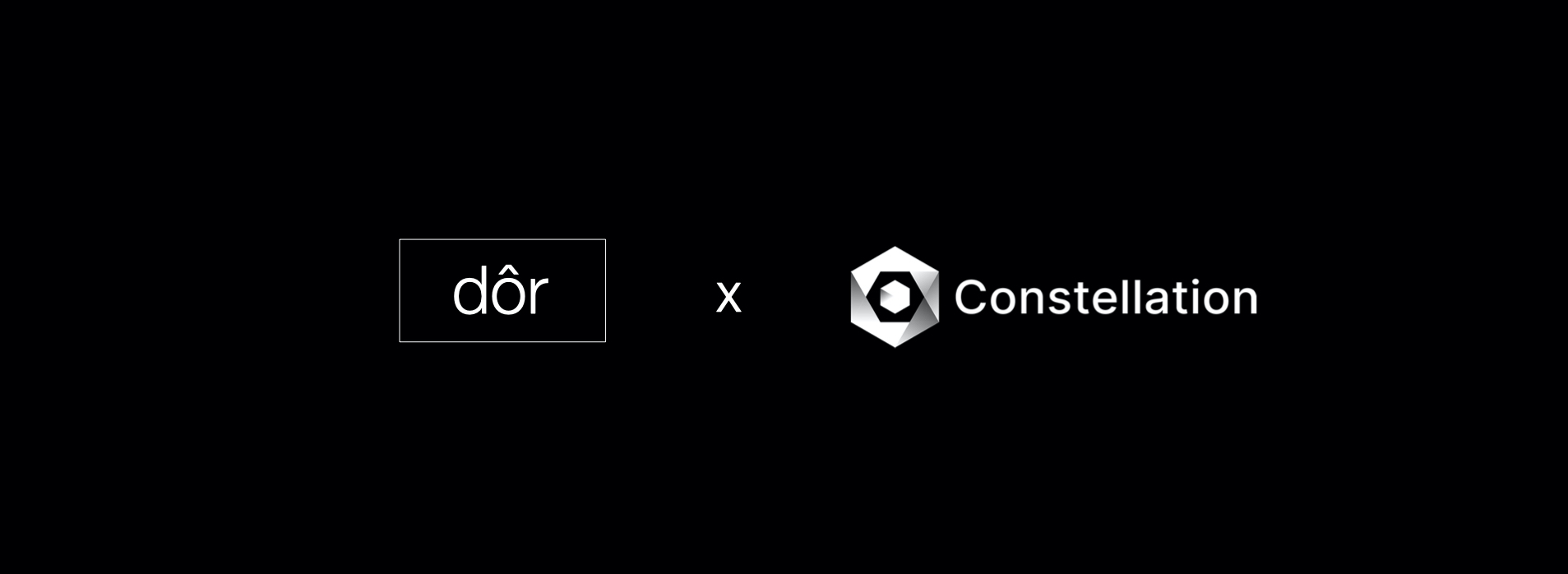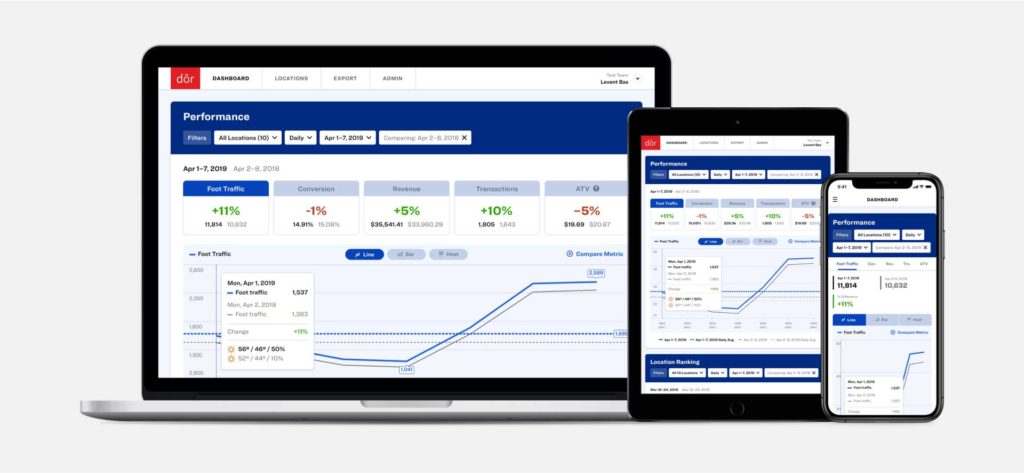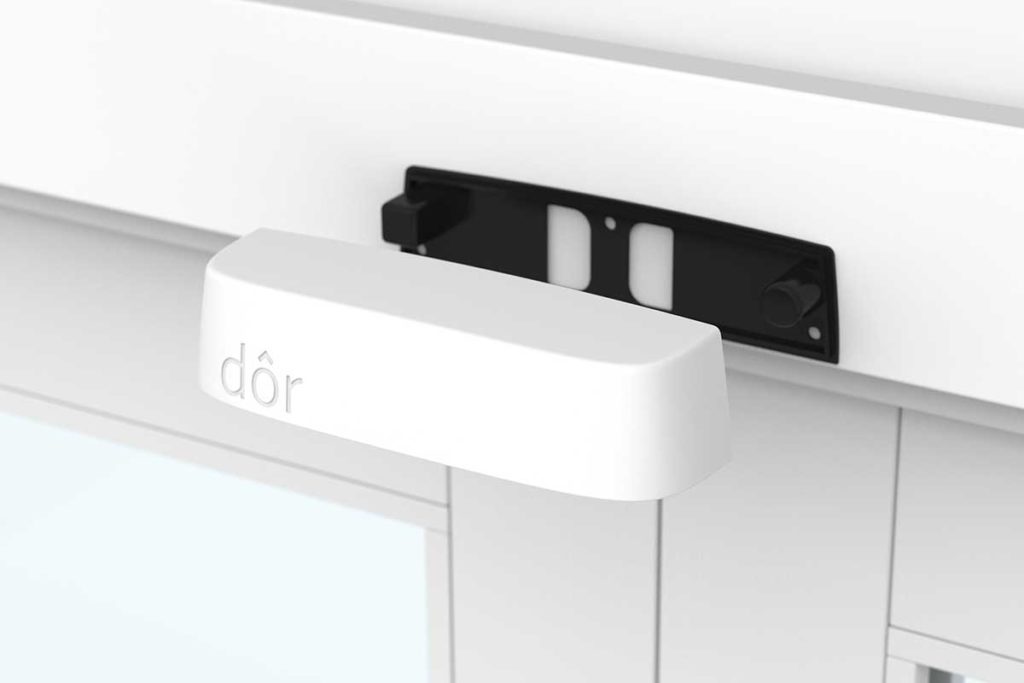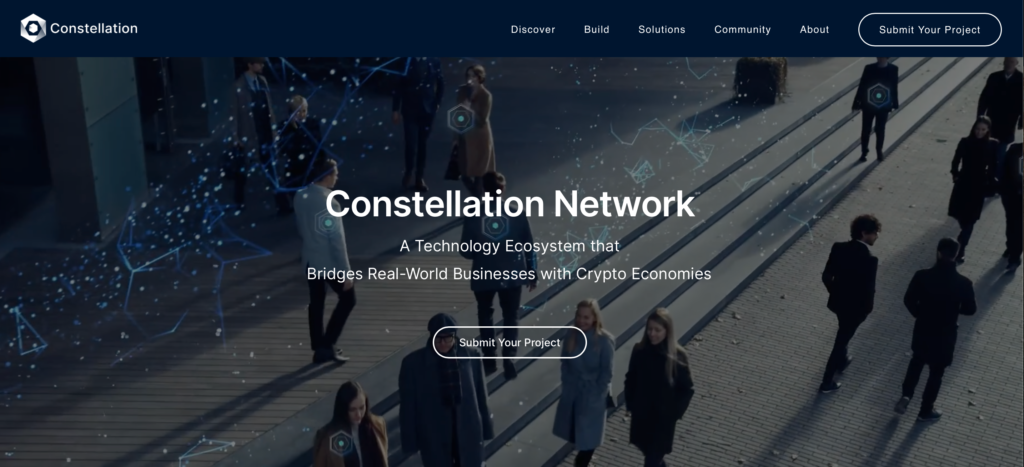
Dor makes a foot traffic data collection and analytics system that empowers retailers to make informed, data-driven decisions about their stores. Their thermal sensing systems are installed in thousands of retailers nationwide and help their customers optimize everything from marketing campaigns to staffing plans.
This week, they announced their acquisition by Constellation, a leader in the crypto space that is developing a technology ecosystem that bridges real-world business with crypto economies. Dor will be continuing their existing line of business and harnessing tokenomics to rapidly grow their install base while adding new applications built on their expansive data set.
Bolt was Dor’s first investor back in 2015, and we’ve had the pleasure of working closely with the team through their journey to date. I sat down recently with Michael, their founder and CEO, to hear about how they’re taking their IoT+SaaS business to a whole new level with blockchain technology.

We can start with the same principal: this data is valuable, but incentivize data collection first on a massive scale
Can you recap the origin story of Dor? What led you to the idea, and why did you decide to start a company around it?
We started out by asking ourselves: what’s valuable data that no one has? We started listing out data and disqualified anything on the internet, demographics about people, social networks, all that stuff. People have that data already.
So I went to the physical world. There was temperature, air quality, audio (which I found out hedge funds are actually using to analyse people’s stress levels), when people walk through doorways… geolocated data like that. I liked the foot traffic because it seemed especially valuable and I figured no one had it. Ironically there ended up being lots of competitors which meant my hypothesis was right. We ended up doing it better than them.

What were your customers using the foot traffic data for? Why was it valuable to them?
Foot traffic into a brick and mortar business is really the top of their sales funnel. It’s like having Google Analytics on a website. It sounds crazy to have a website with no analytics these days, but that’s what a surprising number of multi-million dollar a year retailers are doing now.
Dor customers use this data to optimize their businesses, especially with marketing and staffing. We show sales conversion rates by pulling in data from the point of sales system to tracking marketing campaign effectiveness. It’s all about the integrations and pulling all the data together. They can figure out when to staff appropriately if they have a sudden foot traffic spike at a certain time a certain day of the week. They can add staff to capture the extra revenue. In some cases, we can do automated staffing with partner staffing agencies. No one even sets up the schedule…the foot traffic data and weather data we pull in determines who’s working that day.

How is your business going to change with the Constellation acquisition?
In a legacy business, which is what Dor was, we went out and found buyers of the data first. We found out that retailers really need foot traffic and built a product and a healthy SaaS business around those customers. We spent the majority of our time doing sales and marketing.
Now with a tokenomics model, we can reverse that. We can start with the same principal: this data is valuable, but incentivize data collection *first* on a massive scale and find out who it’s valuable to afterwards.
We’re going to transform our deployment model by letting individuals and third party operators purchase Dor sensors, install them, and share in the economic rewards generated by the data they collect. We have this huge community of people who are willing to make the same bet on the value of the data as us. Dor’s in a really strong position because the hypothesis is already proven in retail. We already know that anyone who puts a Dor sensor in a retail location is going to drive valuable data. And we know there are many more use cases out there.
We’re always going to keep directly supporting retail. It’s worked really well for us. Our retailers will have no change in service.
Was there an “aha” moment to pursue the crypto model? What was the trigger?
I’ve always been really into crypto from day one. I see crypto as the next major phase of technology, and I don’t think we’ve seen the real revolution yet. I think in the next 3-5 years we’re going to see massive change. Traditional software SaaS is now the old-school legacy business model. Blockchain technology is going to be the new way to do things.
I knew a lot of the crypto players and as I was investigating the ecosystem, I saw an example of something really close to what we’re doing: Helium. The way they were building out a wireless network was solving the chicken and egg problem that all hardware companies have: we need the customers before we can build it, or we have to build it before we can get the customers. In Dor’s case, a lot of potential customers want to see the data before they buy it to see if it’s valuable. It all started coming together. If I can collect the data cost-effectively without having to sell it first, it actually improves the sales cycle and allows us to rapidly expand our data collection footprint.
How much quicker do you expect to expand in the new model?
After our first six years, we have about 3,000 sensors out in the wild today with over 2,000 retailers. I’m hoping to get about 5,000 sensors out in a single year and significantly more in the following year. This is going to scale our footprint by orders of magnitude.

Who will be the operators of the new sensors? I know it could be anybody, but who do you see it catching on with? Would retailers be buying them themselves or some other 3rd party?
I think it’s going to be mostly third parties. It’s going to be the more visionary crypto crowd. There are going to be a few of the retailers who are into crypto and can do it themselves, but that will be more the exception than the rule. The blockchain and tokenonmics are really just the infrastructure layer to collect all this data. It’ll be a different persona who runs the miner and the one who uses the data. The customer doesn’t need to know anything blockchain related.

Tell us more about the partnership with Constellation and how you’re launching this next phase of your business on their platform
Constellation is a major presence in the crypto community. I’ve known Ben, the CEO, for 5 years now, and we’ve kept close track of each other’s companies. It was perfect timing.
Constellation has created their own blockchain technology called Hypergraph that’s a fee-less and highly scalable mainnet. It uses state channels as an alternative to smart contracts so instead of having a smart contract that requires users pay large gas fees to use, you can run a microservice and as long as you and your community is supporting the nodes that run that microservice, it can be free to the public. Our first microservice is very simple, it’s going to be the economy token. So now we can distribute tokens daily with no fees. That’s a model that we couldn’t use ethereum for or any other blockchain that uses fees.
Their platform also has a number of infrastructure pieces ready to go: the Lattice exchange, a Chrom wallet, built-in staking to name a few.
Most importantly we’re big believers in Constellation’s lofty vision: to get more of the global GDP on-chain. They’re all about building new crypto businesses, not just how crypto can be used to implement existing features. I couldn’t be more excited about working together on this next chapter of Dor’s history.

Bolt invests at the intersection of the digital and physical world.
